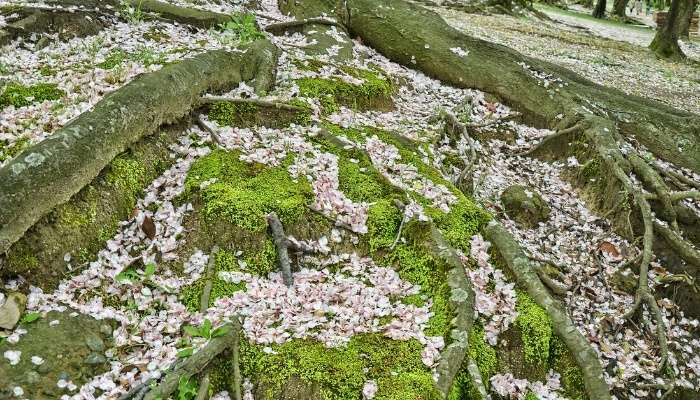Cherry trees are prized for their stunning spring blooms and delicious summer fruit However, their roots can sometimes cause issues if not properly managed. When planting a new cherry tree, it’s important to understand the root system and how to prevent problems.
An Overview of Cherry Tree Roots
-
Depth – Cherry tree roots typically grow 12-16 inches deep in the soil. They are considered shallow rooted compared to other tree species.
-
Spread – Mature cherry tree roots can extend up to 30-40 feet from the trunk, spreading 2-3 times wider than the branch spread.
-
Anchoring Taproot – A central taproot grows vertically down to anchor the tree. It comprises about 25% of the root system
-
Fibrous Feeder Roots – The other 75% of roots are fibrous lateral roots growing horizontally to absorb moisture and nutrients. They make up the bulk of the root mass.
-
Root Suckers – Vertical shoots called suckers sprout from adventitious buds on shallow lateral roots. If not removed, they turn into new trees.
-
Rootstock Effects – Dwarfing rootstocks like Gisela restrict the overall root system depth and spread compared to full-size cherry rootstocks.
Why Cherry Tree Roots Pose Problems
The extensive spreading root system of cherry trees can cause issues in landscapes:
-
Damages Structures – Roots can damage building foundations, pipes, septic systems, sidewalks, and other structures as they expand underground seeking resources.
-
Raises Sidewalks – Shallow roots near the soil surface may lift up and crack pavement as they grow larger in diameter.
-
Invades Lawns – Dense mats of roots attract water and nutrients, making it difficult for grass to flourish underneath cherry trees.
-
Sends Up Suckers – Prolific suckers pop up through lawn areas, disrupting turfgrass and landscaping beds. They’re tricky to control.
-
Competes with Other Plants – Cherry tree roots secrete chemicals that inhibit the growth of nearby plants and turfgrass. Their dense roots starve nearby plantings.
Tips for Managing Cherry Tree Roots
Proper site selection, preparation, and maintenance can prevent or reduce root-related problems:
-
Allow Ample Space – Plant cherry trees at least 20 feet from buildings, pipes, and other plants to accommodate their extensive root systems.
-
Improve Soil – Amend planting areas with compost to encourage deep root growth. Avoid compacted soil.
-
Install Root Barriers – Vertical and horizontal plastic or fabric barriers can be installed to redirect root growth down and away from structures.
-
Prune Roots – Pruning roots inside the critical root zone (trunk diameter x 3) will harm the tree, but pruning problem roots outside this area can help.
-
Remove Suckers – Stay vigilant in removing suckers as soon as they appear to prevent them from establishing.
-
Mulch Annually – Maintain 2-4 inches of mulch from the trunk out to the dripline to reduce sprouting and moderate soil moisture and temperature.
How Far to Plant Cherry Trees from Structures
To avoid foundation damage, here are the recommended minimum planting distances:
-
Full-size cherry trees – Plant at least 20-25 feet away from buildings, walls, and patios.
-
Dwarf cherry trees – Allow at least 15 feet between mature dwarfs and structures. Closer for young dwarfs.
-
Near fences – Keep 10-15 feet between trees and fences depending on rootstock and mature height.
-
Around pools – Allow 15-20 feet between pool edges and cherries to accommodate roots and falling leaves/fruit.
-
Near sidewalks – Plant cherries 6-10 feet away from pavement depending on rootstock vigor.
Proper placement and care will help you avoid problems with invasive cherry tree roots! Pay close attention to underground root growth and development, not just the visible parts.
How to Prune Cherry Trees for Maximum Production
FAQ
Are cherry tree roots invasive?
Can you plant a cherry tree close to a house?
Does a cherry tree have a tap root?
What tree has the most destructive roots?
- The Ultimate Guide to Growing Strawberries in Raised Beds - August 8, 2025
- No-Dig Garden Beds: The Easiest Way to Grow a Beautiful Garden - August 6, 2025
- How to Protect and Preserve Wood for Raised Garden Beds - August 6, 2025

